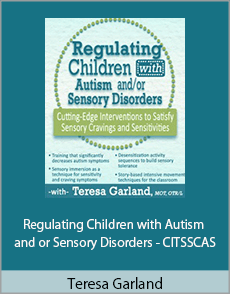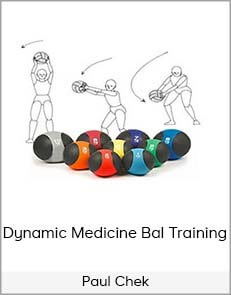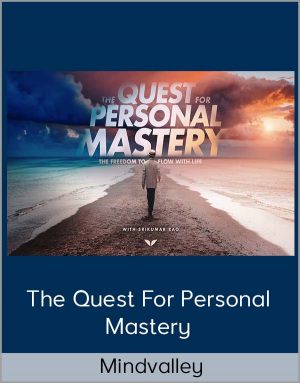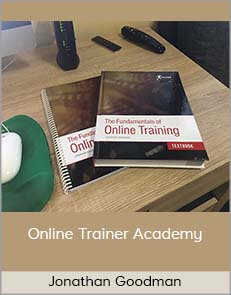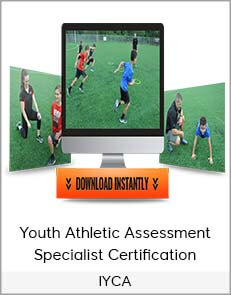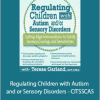Teresa Garland – Regulating Children with Autism and or Sensory Disorders – CITSSCAS
$45.00$219.99 (-80%)
The protocol can be done at home, in school or during early intervention classes. The individual exercises can be used to help solve specific issues.
Teresa Garland – Regulating Children with Autism and or Sensory Disorders – CITSSCAS
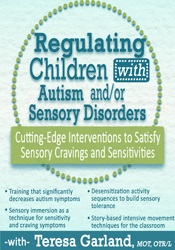
Check it out: Teresa Garland – Regulating Children with Autism and or Sensory Disorders – CITSSCAS
Description
Join Teresa Garland, MOT, OTR/L, author and expert on sensory and modulation issues and learn cutting-edge interventions for satisfying sensory cravings and sensitivities in children (2-16 years) with autism and sensory modulation issues.
In the first portion of this seminar, you will learn an effective step-by-step protocol that significantly decreases autism symptoms through the use of 15 sensory enrichment interventions. You will come away with exercises that help children attend to, register and tolerate temperature, touch, sound, vision and vestibular activities. The protocol can be done at home, in school or during early intervention classes. The individual exercises can be used to help solve specific issues.
In the second portion of this seminar, the focus is on immersion in sensation with four different types of interventions:
- Desensitization of sound, textures and taste/smell
- Activities using crafts and games that calm sensitivities and satisfy cravings
- Story-based intense movement routines for all ages that “significantly” help with classroom performance
- Cognitive activities to help children reframe their sensory experiences
Dozens of new activities to use with your clients and students will be shown with videos and live demos.
OUTLINE
Current Brain Research and SMD Symptoms
- Latest research of sensory processing in the brain
- What we know about oversensitivity, under-sensitivity and craving
A Program to Enrich the Senses in Autism
- Decrease autism symptoms: Latest research
- How the program works
- 15 exercises to increase awareness of touch, temperature, vision and movement
- Additional exercises to increase tolerance of sound and scent
- Grading the exercise (harder/easier)
- Adding in speech, emotion and movement
- Tips you can teach parents/caregivers and teachers
Sensory Desensitization Strategies
- How to play with food – new ideas
- Games for sound desensitization
- A sequence of interventions for touch desensitization
Sensory Immersion Strategies
- Sensory sensitivity: How to find ease with immersion in sensation
- Sensory craving: How to turn cravings into hobbies
- Touch and vision: Yarn, stone, wood, paper and metal crafts and activities
- Sound: Music, games, rhythms
- ‘Wearable’ scent
- Plan and design multi-day multisensory projects
Movement Exercises to Calm and Manage Stress
- 4- and 7-minute high intensity interval training (HIIT)
- FUNterval stories and routines for all ages
- Create your own FUNterval
Wrap-up: Helping the Unhappy Sensory Child
- Finding the child’s inner happy self
- Making the shift from negative to positive outlook
OBJECTIVES
- Employ a protocol that effectively activates the senses in autism.
- Plan a graded sequence of activities for touch desensitization.
- Demonstrate sensory immersion activities that satisfy touch cravings and sensitivity.
- Create four-minute, intense fun movement routines for the classroom.
- Design funny stories with taped sound effects for sound sensitivities.
- Implement a smell immersion technique for calming.
- Use simple crafts to build sensory hobbies.
- List five ways to reframe a child’s sensory experience.
- Discuss the latest research findings in the field of sensory modulation.
Handouts
Faculty
Teresa Garland, MOT, OTR/L, is an occupational therapist and author specializing in self-regulation and sensory and modulation issues. She has worked in schools, sensory clinics, and medical settings with children, adolescents, and adults with Sensory Processing Disorders, Autism Spectrum Disorder, and ADHD. Ms. Garland works closely with other mental health and allied rehab professionals, teachers, and doctors to understand and treat underlying sensory, timing, and coordination/motor planning issues as well as overlying socio/emotional behaviors and the symptoms of autism. She is trained/certified in the SIPT, Interactive Metronome®, Integrated Listening Systems (iLs), Therapeutic Listening, Wilbarger’s Sensory Defensiveness, the Natural Heart Approach, Mindfulness Training, and Food Chaining.
Ms. Garland is the author of the award-winning book Self-Regulation Interventions and Strategies: Keeping the Body, Mind and Emotions on Task in Children with Autism, ADHD or Sensory Disorders (PESI, 2014). Her workbook, Hands-on Activities for Children with Autism & Sensory Disorders was published in April of 2016 (PESI).
As an author and international presenter, Ms. Garland has trained over 10,000 therapists and teachers in the art of using self-regulation interventions with the children they work with in clinics and classrooms. She also trains on working with children and adults with ADHD and children with autism. Ms. Garland has a master’s in occupational therapy from the University of New Mexico. She writes a blog at https://otselfregulation.blogspot.com.
Speaker Disclosures:
Financial: Teresa Garland is an author for PESI Publishing & Media and receives royalties. She receives a speaking honorarium from PESI, Inc.
Non-Financial: Teresa Garland has written case studies for Interactive Metronome®. She writes a blog on Self-Regulation (otselfregulation.blogspot.com).

